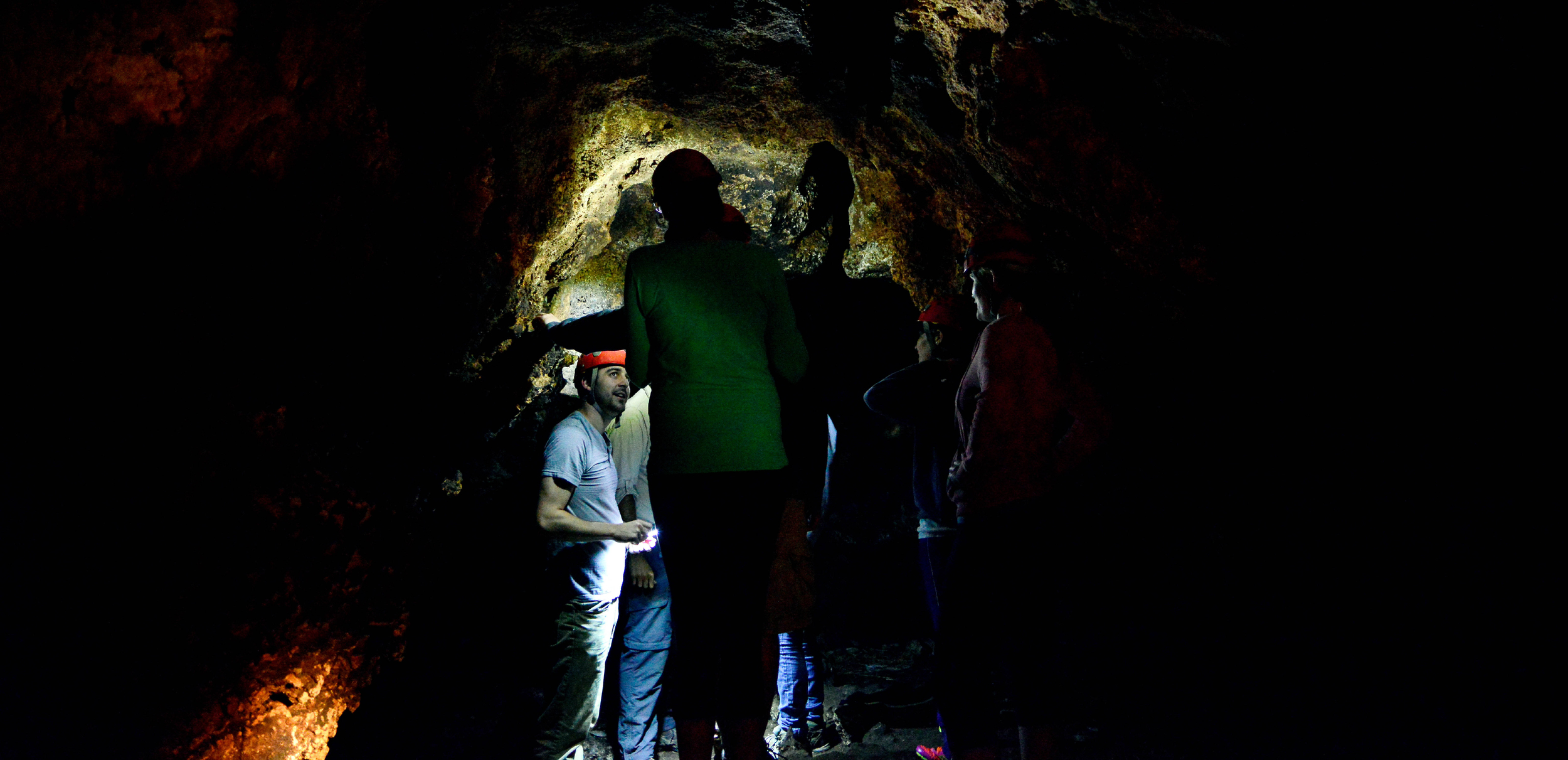Amanda Burden, who served as Director of the New York City Department of City Planning and Chair of the City Planning Commission under recent Mayor Bloomberg, will argue that it is so much more than simply the buildings that comprise it: “Cities are fundamentally about people. Public space is what makes cities come alive."
I don’t know about you, but my inner urbanist nerd gets excited when I hear this. This past Tuesday, March 18th, I had the opportunity to escape the office for a couple hours and attend Burden’s talk at a local simulcast of the TED2014 conference in Whistler, BC, Canada. I have long been interested in how people move through, react to, and live in their “space”. For me, this is what ties us together: the fabric that we navigate through in our everyday life, and makes up a city, a neighborhood, a community. For landscape architects, spatial designers by trade, it’s terribly exciting when the focus of the conversation includes not only some architecturally significant buildings, but also the space that is created between them.
Not all public spaces are created equal. Some are very successful and some are not. Why? Burden addresses this question with the example of Paley Park. This well-known and powerful little park, which just happens to be one of my favorite places in the city, offers a quiet, comfortable and green place to temporarily escape the city. As Burden talks, my mind drifts to a not-so-recent fall afternoon, the light filtering through the leaves of the trees, the sound of friendly chatter at the table next to me, and the splash of the water wall, gently masking the bustle of the streets just beyond the steps at the entry. It is this experience, the ‘human element’, Burden claims, that when added to an elegantly simple design and attention to detail is the key to creating a successful public space. Mere open space does not mean that it will be successful. On the contrary, she argues that large plazas, while offering tons of ‘space’ to occupy, are lacking. Where do you sit? Where is the green, the comfort? Instead these expansive areas of concrete and paving serve only as a “plinth to the architect’s creation.” Successful design depends on the individual’s experience.




















